Reese Witherspoon's stair accessory has a centuries-old history – but it remains one of the most functional and stylish home fixtures
The actress's Persian stair runner is traditional yet contemporary, providing a hard, wood staircase with a soft counterpart
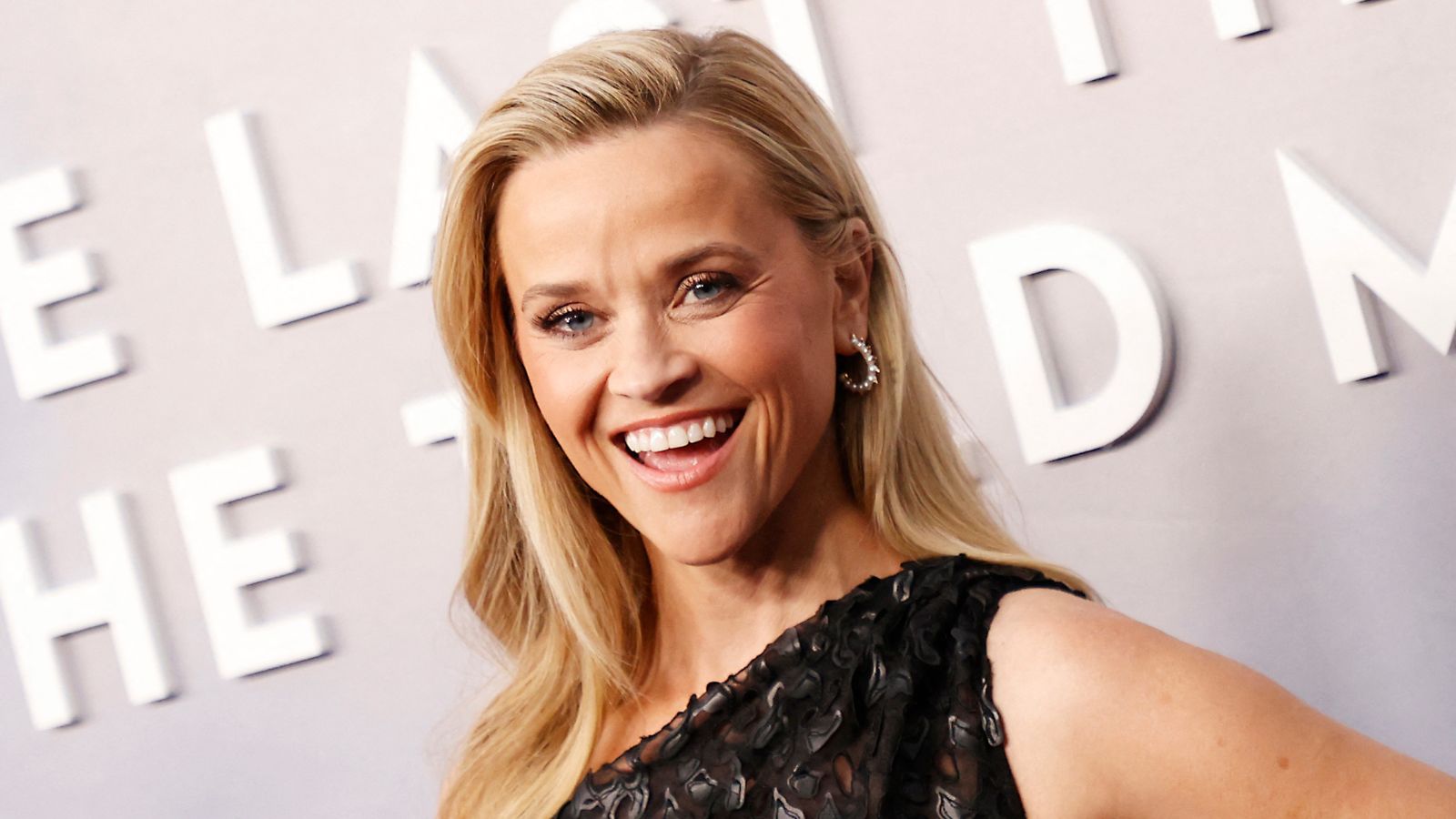
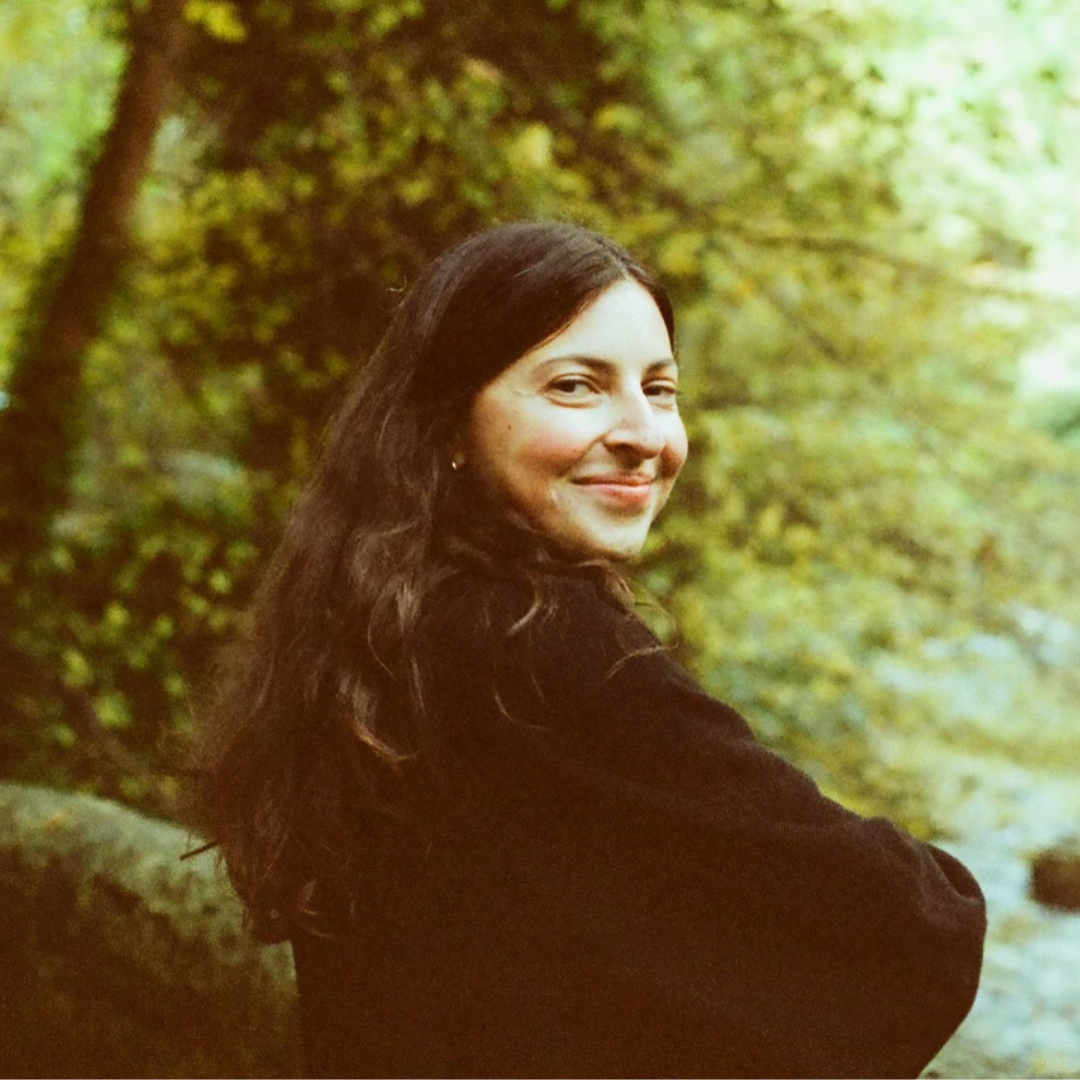
Stair runners likely conjure images of grand estates or even historical palaces, and this is because they have deep historical roots. However, the remain a fixture in many homes, as evidenced by Reese Witherspoon's latest Instagram post.
The actor recently shared a clip of her on her wooden staircase, with a red Persian runner adding a bold statement (not to mention an element of safety) to the area.
We love runners and the endless options they provide to steps, so we got insight from an expert on their history, along with some styling tips and stair runner ideas. According to designer Nina Lichtenstein, the original function of stair runners was for both stair care and styling, as she explains.
A post shared by Reese Witherspoon (@reesewitherspoon)
A photo posted by on
'Stair runners have a rich history that dates back centuries, originating in grand homes and estates where they were used to protect expensive hardwood staircases while also adding an element of luxury,' she says. 'In the 18th and 19th centuries, stair runners were often made from hand-woven tapestries or elaborate oriental rugs, serving both a decorative and practical purpose. As they became more popular, stair runners evolved into a symbol of status and refinement, often paired with intricately carved staircases in prominent hallways.'
She continues, 'Today, stair runners remain a stylish and functional addition to homes, balancing aesthetics with comfort and safety. They are particularly popular in high-traffic areas, adding traction and reducing noise as people move between floors. Modern stair runners are available in a wide range of materials, from durable sisal and jute to lush wool and even synthetic blends, making them a versatile choice for any home style—from minimalist to traditional.'
When it comes to selecting patterns, colors, and materials, Lichtenstein recommends assessing the color and material of the staircase at hand, then going from there.
'Styling stair runners is an opportunity to bring personality into a space,' she explains. 'For a classic, timeless look, opt for a solid color or subtle pattern, such as herringbone or stripes, that complements the natural wood tones of the staircase. If you’re aiming to make a bolder statement, consider using a patterned or textured runner that contrasts with the surrounding decor, such as a vibrant geometric design or a vintage-inspired print. Runners that feature a wide border on either side, revealing the stair treads, offer a polished and tailored look. Additionally, layering stair runners with decorative stair rods can add an extra touch of sophistication and old-world charm.'
Sign up to the Homes & Gardens newsletter
Design expertise in your inbox – from inspiring decorating ideas and beautiful celebrity homes to practical gardening advice and shopping round-ups.
We love how Witherspoon paired her weathered, antique brown stairs with the traditional, Persian pattern and bold red color; it adds a pop to the space while staying inside the existing warm color palette.
Shop our stair runner picks, ranging from traditional to contemporary, below.
Shop H&G's Stair Runner Edit
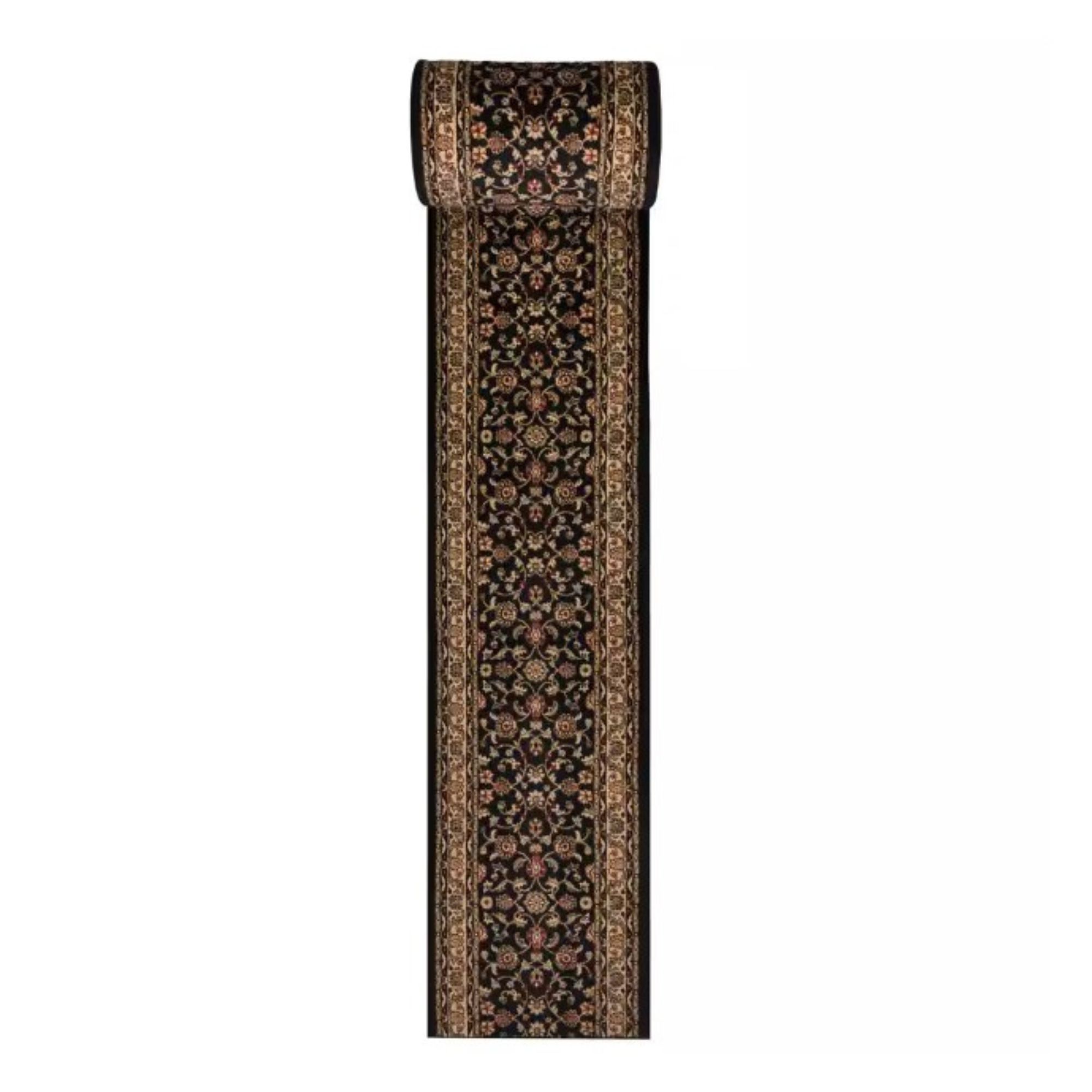
The perfect blend of light and dark, we love how this runner plays with pattern and color.
Black and white with a funky pattern, this chic runner is ideal for a white or black staircase for a monochromatic look.
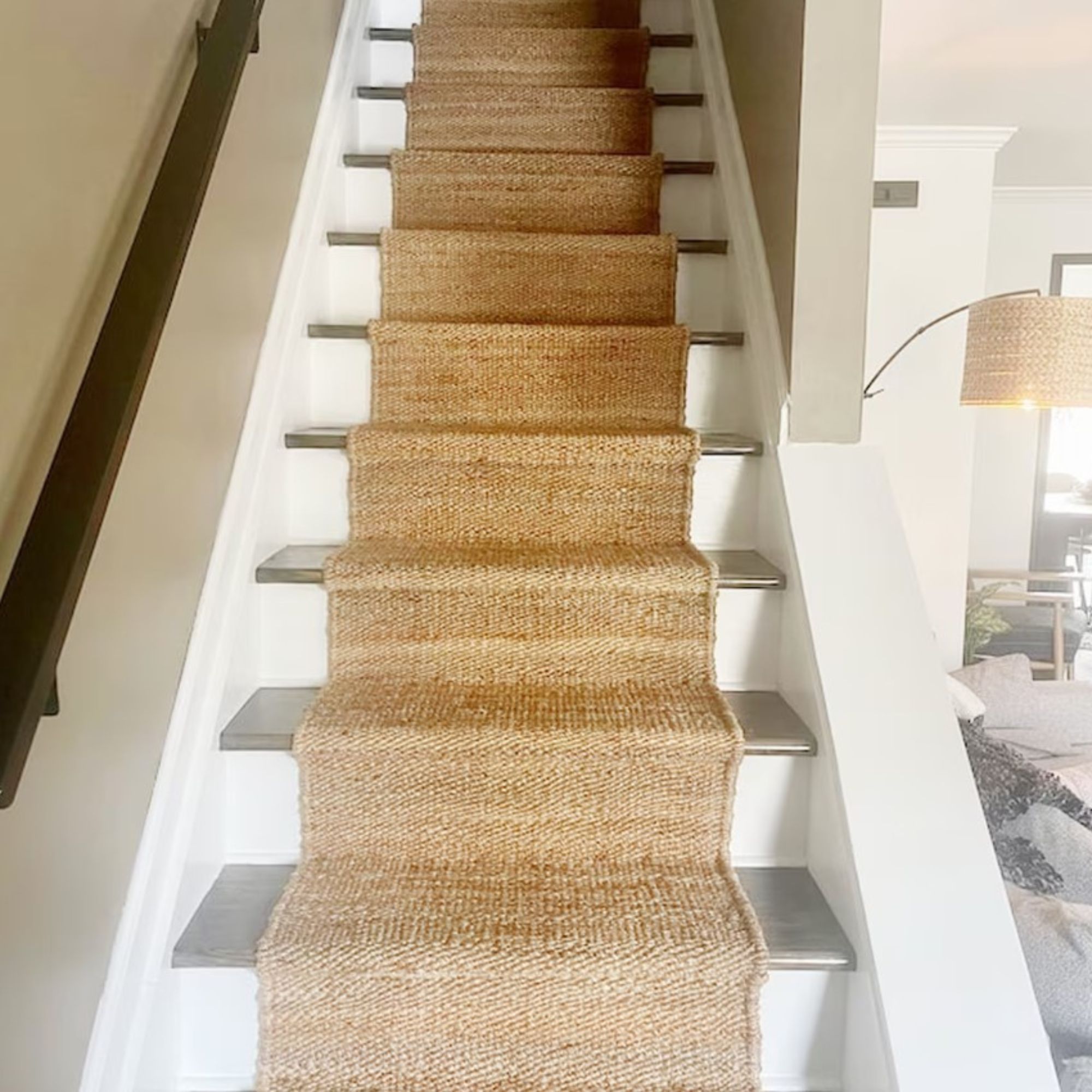
Natural materials and a subtle texture make this runner a fantastic pick for any stairs.
All in all, we recommend stair runners as protective surfaces for any staircase; consider a thicker material if you like a softer feel under your feet, or a thin runner for a subtle appearance.

Hannah is Homes & Gardens’ News Editor, with a focus on celebrity style and entertainment content. She got her start in media as a digital editorial assistant at ELLE Canada, and has since written about lifestyle and culture for publications such as Nylon and i-D.
Her love of film is rivaled only by one with a great soundtrack, and she hopes to someday decorate a Nancy Meyers-worthy kitchen.
-
 5 freezer cleaning mistakes you must avoid – or risk compromising your food quality and shortening the lifespan of your appliance
5 freezer cleaning mistakes you must avoid – or risk compromising your food quality and shortening the lifespan of your applianceAvoid these blunders for a safer kitchen
By Seraphina Di Mizzurati
-
 What is an island bed? This clever garden design trick can add privacy and drama to any backyard
What is an island bed? This clever garden design trick can add privacy and drama to any backyardCreate a long-lasting, low-maintenance and visually appealing island bed that also serves a purpose in the garden
By Sarah Wilson
-
 Reese Witherspoon upgraded a small corner into a cozy reading nook – designers say you can replicate her 'ultimate little escape' (from $18)
Reese Witherspoon upgraded a small corner into a cozy reading nook – designers say you can replicate her 'ultimate little escape' (from $18)'It’s all about comfort, calm, and just the right amount of cozy': You only need three things to follow Reese's example – and it's not only for book lovers
By Megan Slack
-
 This Reese Witherspoon-approved spring table setting makes the case for a more is more floral mix – let it be your blueprint for spring hosting
This Reese Witherspoon-approved spring table setting makes the case for a more is more floral mix – let it be your blueprint for spring hostingThe actress's spring tablescape features a floral tablecloth, printed vases, and fresh-cut flowers in a range of colors, for bold results
By Hannah Ziegler
-
 Reese Witherspoon limits her bookshelf to three colors for a cohesive, streamlined impact – it's perfect for a minimalist living room
Reese Witherspoon limits her bookshelf to three colors for a cohesive, streamlined impact – it's perfect for a minimalist living roomThe actress makes a case for curated book storage – it's the ultimate way to bring the bookshelf wealth trend into even the most pared-back of homes
By Megan Slack
-
 Reese Witherspoon's living room taps into a patterned trend that designers use to 'zone' spaces – it's super easy to replicate
Reese Witherspoon's living room taps into a patterned trend that designers use to 'zone' spaces – it's super easy to replicateReese has paired plaid curtains with a floral sofa in her living room, creating visual interest while maintaining uniformity in the color palette
By Hannah Ziegler
-
 Reese Witherspoon's patio furniture collection is inspired by Southern hospitality and charm – upgrade your summer gatherings starting at $150
Reese Witherspoon's patio furniture collection is inspired by Southern hospitality and charm – upgrade your summer gatherings starting at $150The actress's brand, Draper James partnered with POLYWOOD to create classic patio furniture that prioritizes longevity with durable, Southern-inspired pieces
By Hannah Ziegler
-
 Reese Witherspoon's expertly organized closet is a color-coordinated personal museum – it's changed the way I think about clothing storage
Reese Witherspoon's expertly organized closet is a color-coordinated personal museum – it's changed the way I think about clothing storageThe 'Legally Blonde' section of Reese's closet is more than storage; it's an ode to her experiences, and it's left me feeling inspired
By Sophie Edwards
-
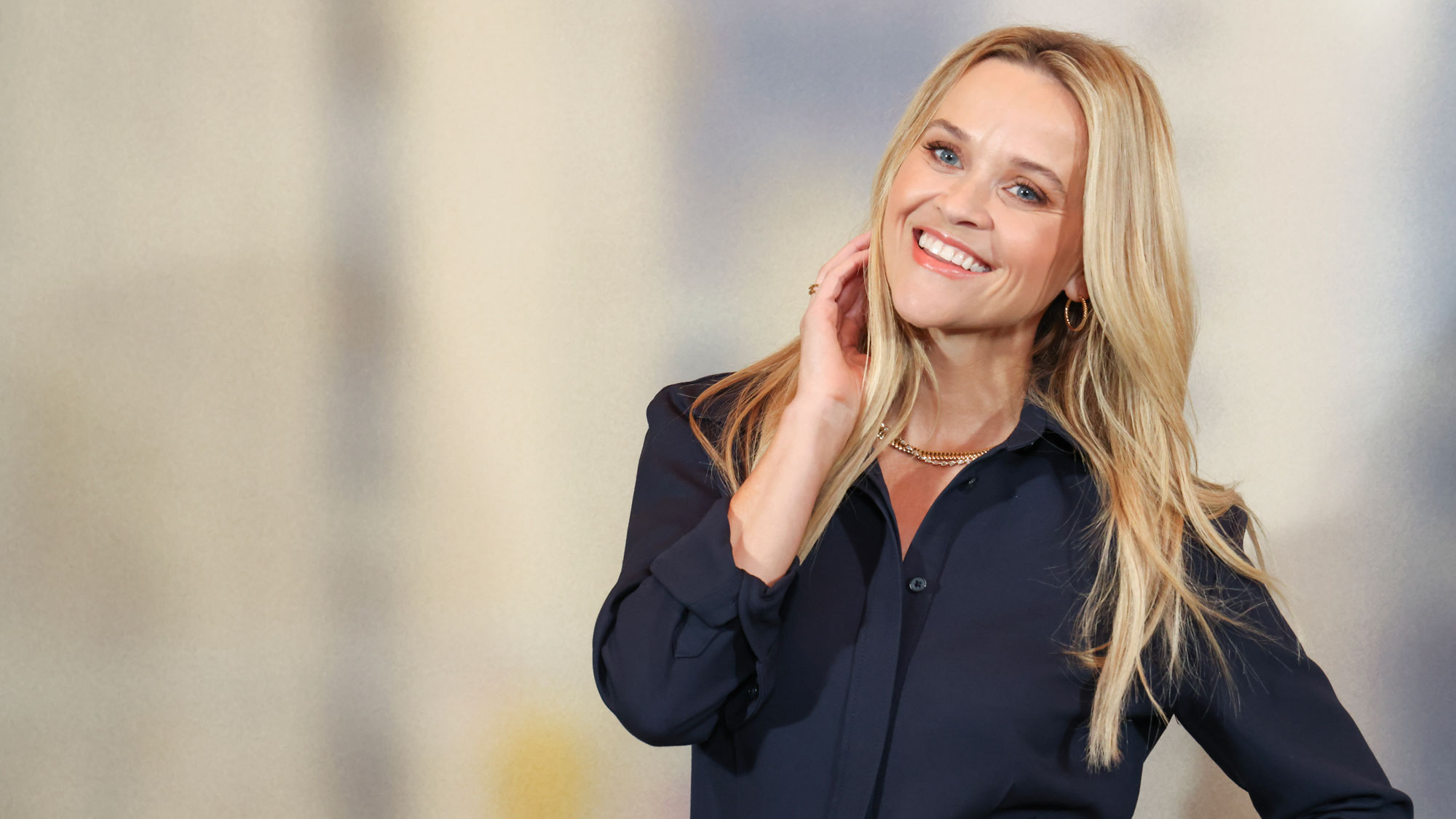 Reese Witherspoon uses this controversial shelving technique to bring a rustic twist to her kitchen wall – it's one of the most flexible ways to decorate
Reese Witherspoon uses this controversial shelving technique to bring a rustic twist to her kitchen wall – it's one of the most flexible ways to decorateWitherspoon sets a precedent for this disputed kitchen storage idea – designers say it turns 'everyday kitchenware into a design statement'
By Megan Slack
-
 Reese Witherspoon's glass wall floods her living room with light – it's an elevated spin on 2025's 'broken-plan' layout trend
Reese Witherspoon's glass wall floods her living room with light – it's an elevated spin on 2025's 'broken-plan' layout trendA wall of windows in the actress's living room brings brightness and openness into her space – as closed layouts trend, it will become a popular choice
By Sophie Edwards